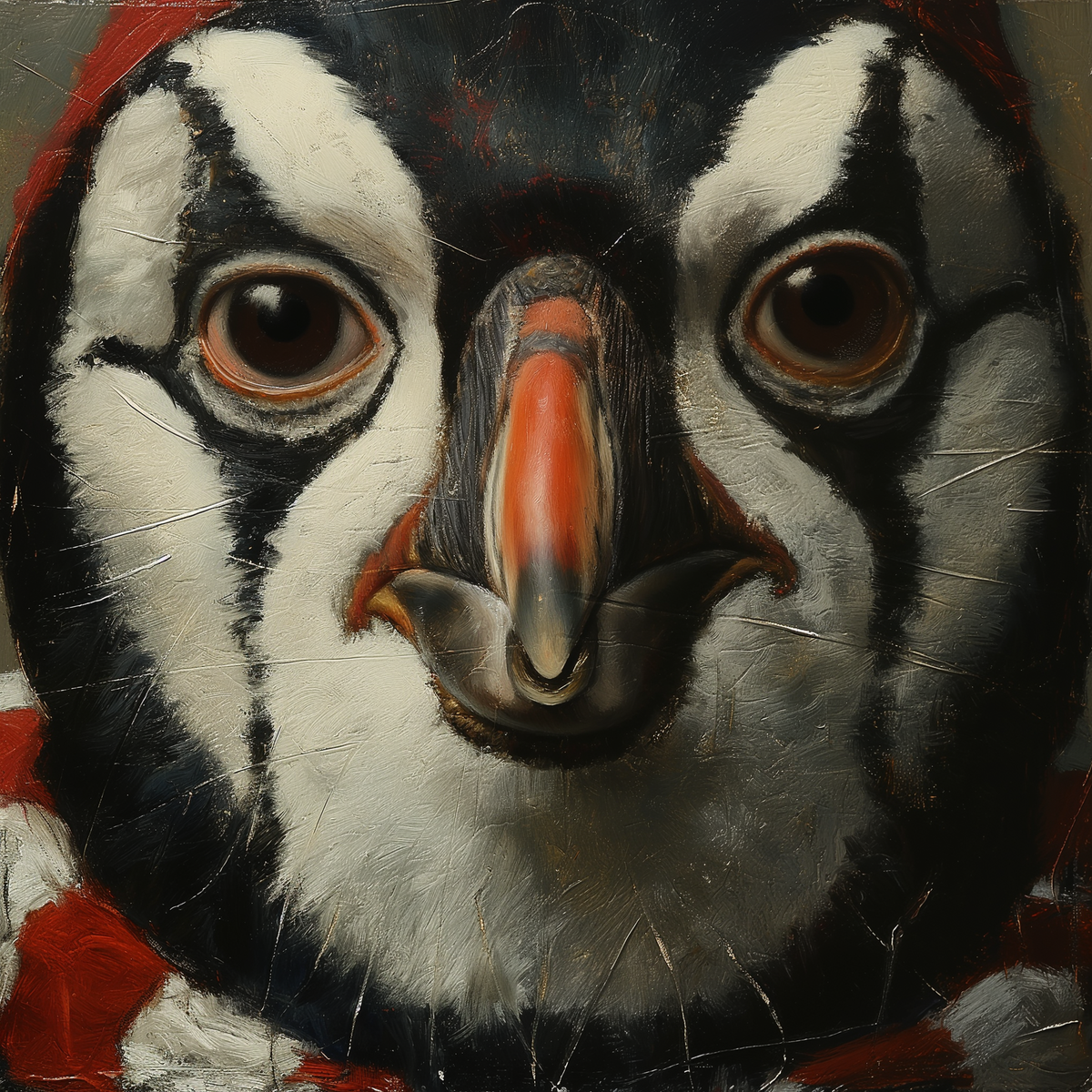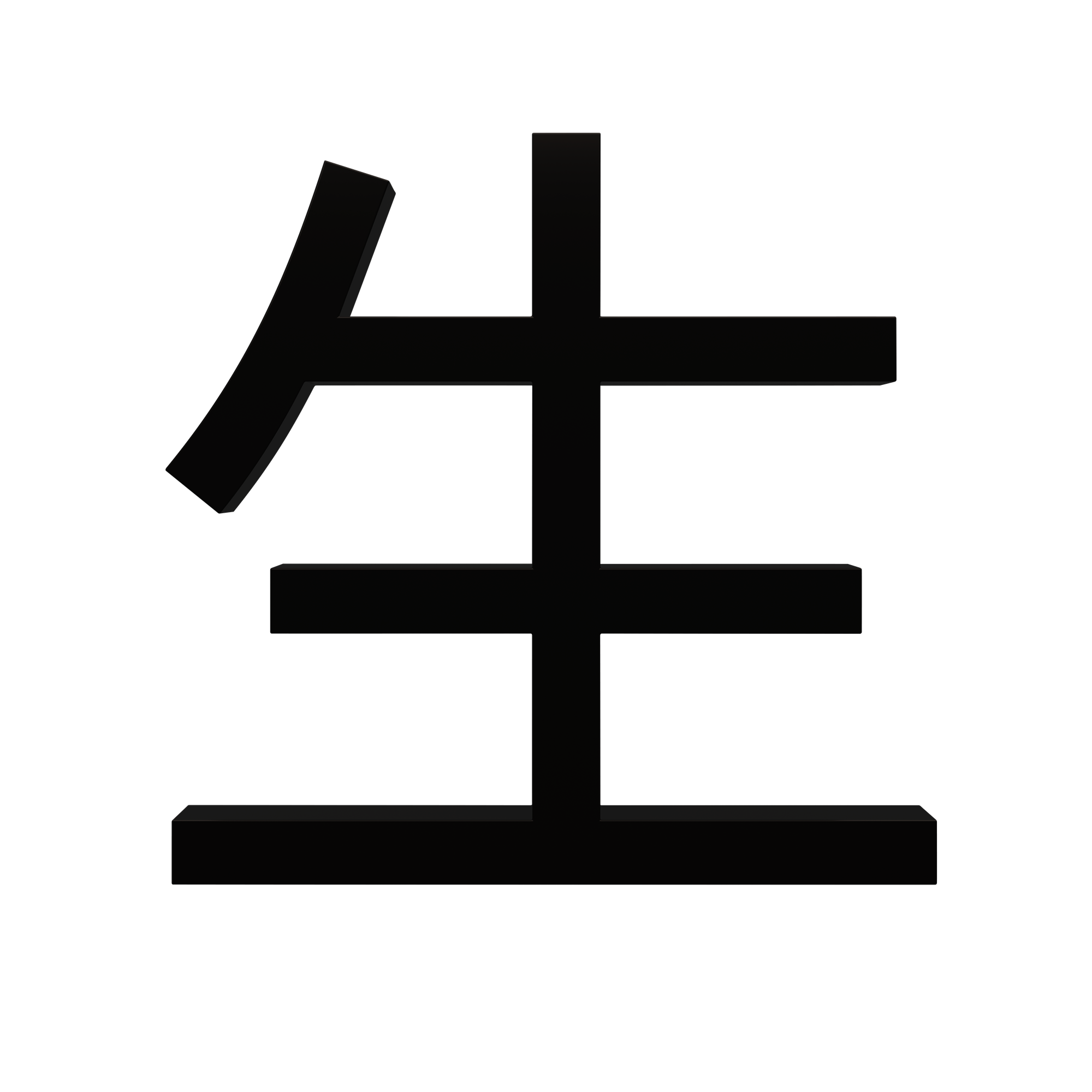PostPhotography

The intersection of photography and AI has given rise to a new era of creative expression: post-photography. This transformative movement challenges traditional notions of authorship, authenticity, and artistic boundaries, ushering in a paradigm where human creativity and machine intelligence coexist and collaborate.
One of the most profound questions arising from post-photography is the concept of authorship. When AI algorithms contribute to the creation of an artwork, who is the true creator? Is it the human artist who sets the parameters and curates the final piece, the AI that generates the image, or a combination of both? This ambiguity pushes us to reconsider traditional definitions of creativity and originality. In post-photography, the artist's role shifts from sole creator to collaborator, guiding the AI while allowing it to bring unexpected elements into the work.
Post-photography highlights the differences and similarities between human creativity and AI-generated outputs. While humans draw from emotions, experiences, and intuition, AI leverages vast datasets to identify patterns and generate novel combinations. This synergy can lead to groundbreaking works that neither a human nor a machine could produce alone. Post-photography invites artists to explore how each process approaches problem-solving, originality, and expression, creating a dialogue between organic and algorithmic creativity.
The integration of AI in art brings ethical considerations to the forefront. Issues such as data privacy, intellectual property, and the potential for AI to perpetuate biases need careful examination. Artists and technologists must navigate these concerns, setting moral boundaries to ensure ethical use of AI. Post-photography serves as a platform to reflect on these implications, advocating for responsible practices that respect both the human and machine contributors.
As AI becomes more integrated into the artistic process, the role of the artist evolves. In the digital age, artists may become curators of AI-generated outputs rather than traditional creators. This shift impacts the definition of art, challenging the notion that art must be a direct product of human hands. Instead, post-photography posits that art can be a collaborative effort between humans and machines, with the artist's vision and direction remaining paramount.
AI's potential to expand artistic possibilities is immense. By leveraging machine learning algorithms, artists can create entirely new forms of art that were previously unimaginable. From generative art that evolves over time to interactive installations responding to viewer input, AI acts as a catalyst for innovation. Post-photography showcases this transformative potential, demonstrating how technology can push the boundaries of creativity and redefine artistic expression.
Speculating on the future of AI in art, post-photography envisions a world where humans and machines seamlessly collaborate. What might this relationship look like in 10, 20, or 50 years? How will AI shape the evolution of artistic expression? By imagining future scenarios, post-photography inspires artists to think ahead, considering the long-term implications of AI on the art world and beyond.
